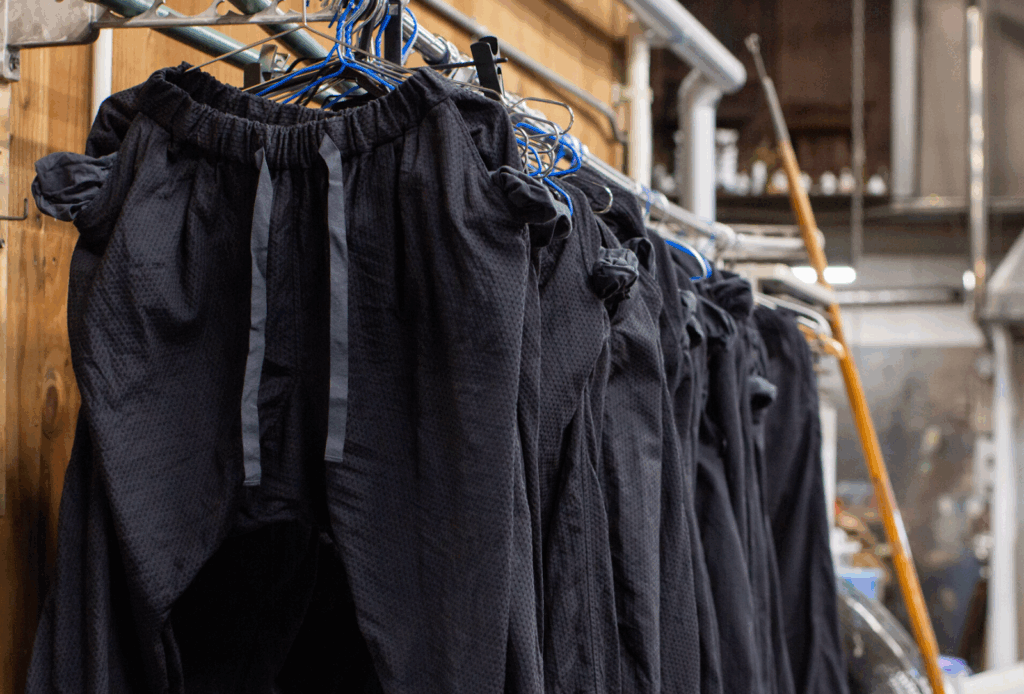After JET: From JET to Promoting Japanese Brands Overseas
Melinda Kaneko (Saitama, 2011–2016) is a Digital Marketing and Content Localization Specialist who has been working with Kyoya Dye Works for two years. (By the way, if you would like to take part in a giveaway for some of their hand-dyed indigo fabrics, check out their website here.)
I was drawn to the JET Program to completely break out of my comfort zone and experience Japanese culture and language from an immersed perspective—not just from the anime and J-dramas I watched in college. Life in Japan was a constant adventure, and a humbling one at that. When communicating with my students and coworkers, what I wanted to say was not always what I ended up saying, and not always how I was heard. The reality of life through the lens of language and cultural differences challenged everything I thought I knew.
While navigating these challenges, I was fortunate to have an incredible support system within my Board of Education and among my fellow ALTs. We formed a tight-knit community, exploring the country, going to festivals, learning the art of tea ceremony, joining local cooking clubs, and even conquering Mt. Fuji—everyone needs to try it once, right?
The Universal Question
I struggled with the universal question every JET faces: what to do after the program ends? After five years, all I knew was that I didn’t want to leave. From the poetic “Engrish” on shop signs to the 1,000 sakura trees in my local park, to a Japanese family that would become my in-laws two years later—Japan had woven itself into my life in countless ways.
The easiest path would have been to continue teaching, but I yearned for a new challenge. I scrambled to find a creative job that would let me explore more of Japan, where I could speak English and Japanese, and that would allow me to grow and develop both personally and professionally.
Unexpected Career Path

At the very last minute, I stumbled upon my current company: a Japanese marketing agency that helped other Japanese businesses promote their products and services overseas. It was perfect. Our clients sell things that are uniquely Japanese, using traditional techniques that have been handed down for generations, ranging from hair products and shibui clothing to carpentry tools and washoku.
The proofreading skills I gained as a former ALT and graphic design skills I picked up for the AJET Connect Magazine were immediately useful. I quickly expanded them to include translation, SEO, copywriting, project management, and conducting user interviews for a variety of clients. It was the perfect fit—I could stay in Japan, be with the people I loved, and develop a completely new skill set.
Connecting with Culture Behind the Scenes
While my days as an ALT are over, my work still lets me live and breathe Japanese culture every day. My role as a translator and localization specialist is a continuation of the cultural ambassadorship we were all tasked with on JET. Just as I had to simplify and break down my experiences for my family back home who had never been to Japan, I now do the same for the brands I work with. Localization goes beyond direct translation—it’s about finding the perfect English phrases to capture the artisans’ spirit, passion, and rich history, making it all resonate with a global audience.
The most rewarding aspect of my job is the opportunity to connect directly with the customers themselves. During market research calls, I’ve had genuine conversations, especially with fellow JET alumni. We always get a little excited, briefly sharing stories and memories from our time in Japan. I’ve heard so many stories from people who feel a real connection to these pieces. One alum told me their Sappakama felt like a link to his past; the comfortable shape and shibui designs reminded him of time spent in traditional ryokan while on JET, enjoying the hot springs. Hearing him describe how a piece of clothing helps him stay connected to Japan makes my work feel less like a job and more like a way to help our community. It’s been so comforting to meet others who, like me, still long to stay connected to Japan.

There’s something incredibly satisfying about sharing traditional Japanese crafts and products with the world. In these businesses—both large and small—there’s a sense of thoughtfulness for the end-user that you just don’t find in today’s fast-paced consumer culture. For example, some companies use older looms that take longer to weave fabric but result in pieces that last for decades and develop character over time. The hand-dyeing techniques Kyoya uses mean the indigo color won’t wash away as easily and has a truly unique pattern. Every step of the manufacturing process has a reason, every technique has a history, and every pattern carries a meaning. It feels good to help these businesses expand their outreach and connect with people who appreciate that same depth and lasting quality.

A Lifelong Commitment
When I first moved here, I saw my time as an adventure. But now that my kids are being raised here, Japan is home. My connection to the country has evolved from a temporary one to a lifelong commitment. This has made me think a lot about building bridges, not just for myself, but for my children. I want them to form deep, local connections here while also staying connected to the world abroad.
I’ve realized that’s the same kind of two-way connection I seek for the companies I work with. It’s not about them broadcasting their message at people; it’s about listening to their customers, sharing their stories, and making them feel like a part of the brand’s journey. That’s the kind of long-term relationship that truly matters.


Comments are closed.